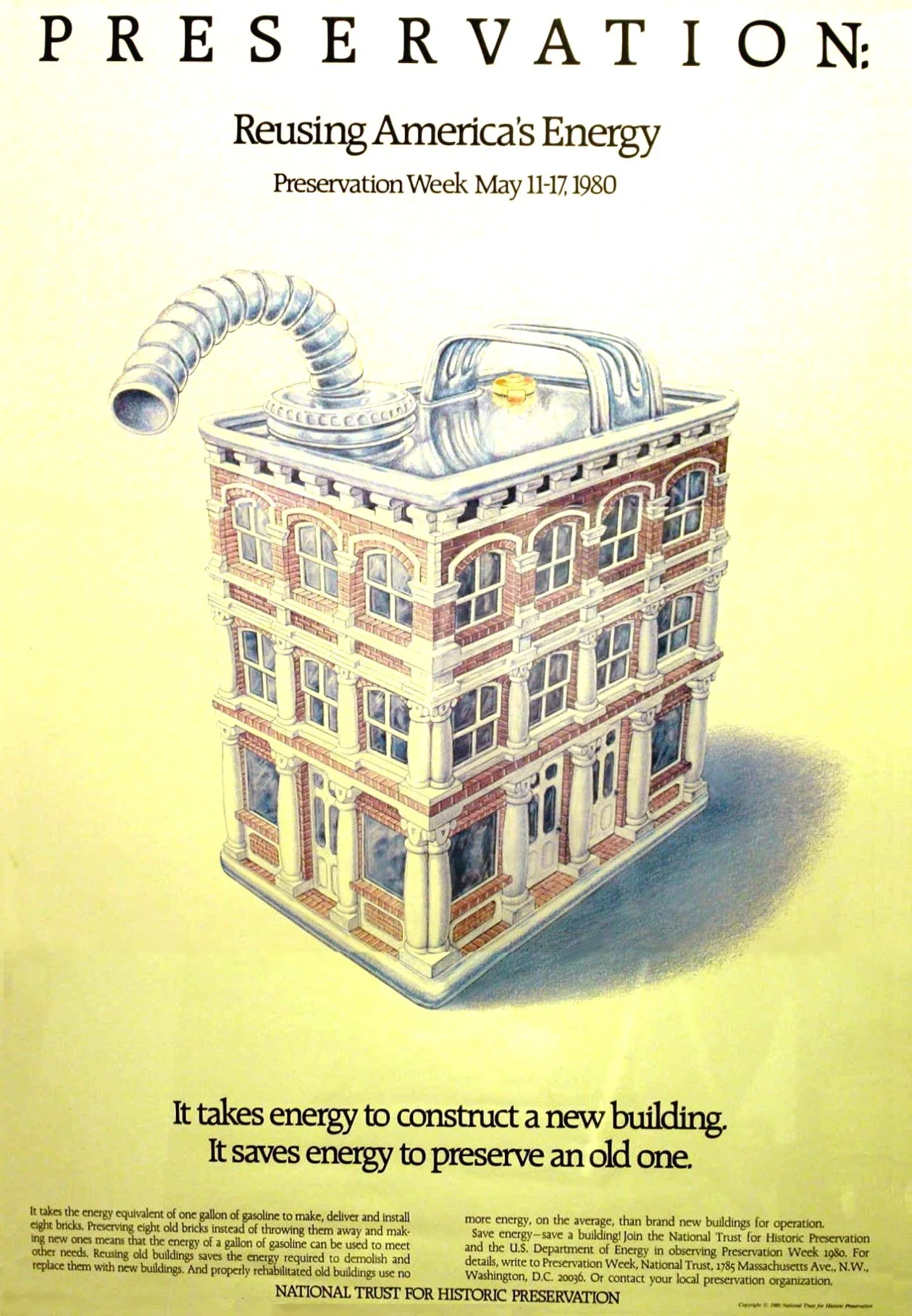Could George Costanza’s alter ego, Art Vandelay, have invented the LED light? Jerry Seinfeld added a lot of street-cred to the architecture profession when he decided that his best friend George had always wanted to become an architect, but never made the leap.
Comedians like Jerry are astute observers of reality and the particular quirks carried by our culture. He’s right too! In social settings, when I meet new people and tell them I am an architect, the responses range from, “I always wanted to be an architect”, to “my uncle is an architect”, to “have you ever watched Seinfeld?” Yes, the circle is complete.










